Jaqueline Kennedy Onassis Reservoir
Despite New York City's role as America's quintessential urban area, the drinking water system of New York City may well be its most valuable asset, thanks to good geography and the foresight of the 19th-century civic leaders who are responsible for much of the current system. The primary water source is a watershed in upstate New York of nearly two thousand square miles, nineteen collecting reservoirs, 346 miles of aqueducts and tunnels, and about 5,814 miles of distribution mains and pipes. In 1993, the system supplied on average nearly 1.5 billion gallons of water a day to roughly nine million residents.
When the Croton Aqueduct was put into service in 1842, the receiving reservoir was built in the center of the area that would become Central Park. As the city and its need for water grew, a new one billion gallon reservoir was built north of the existing reservoir in 1862 during the construction of Central Park. The old reservoir was eventually filled in and became the Great Lawn. The new reservoir remained in active service for 130 years until new technology and problems with water quality led to it's decommissioning, although it remained part of the city's emergency water supply. It is surrounded by a popular cinder jogging track.
Jaqueline Kennedy Onassis purchased a cooperative apartment on Fifth Avenue in 1964 overlooking the park and the reservoir. From the mid 70s until her death in 1994, she was extremely active in community preservation and development. Upon her death, the reservoir was renamed in her honor.

Jaqueline Kennedy Onassis Reservoir
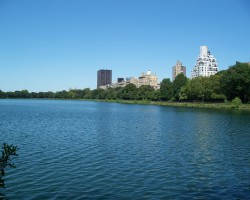
Jaqueline Kennedy Onassis Reservoir
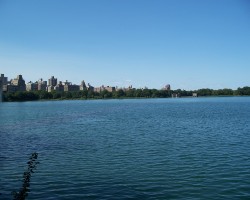
Jaqueline Kennedy Onassis Reservoir

Jaqueline Kennedy Onassis Reservoir
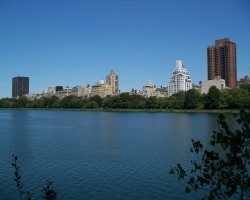
Jaqueline Kennedy Onassis Reservoir
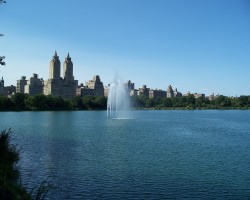
Jaqueline Kennedy Onassis Reservoir
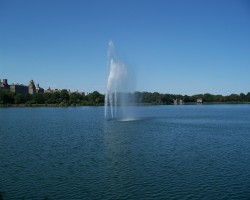
Jaqueline Kennedy Onassis Reservoir

Reservior on a foggy day
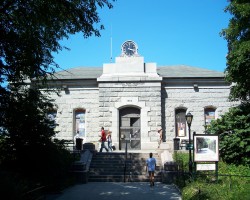
South reservoir gate house
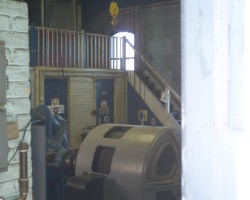
Pumps in the south gate house
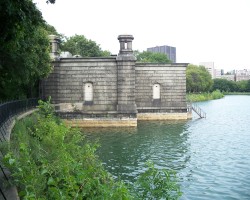
North gate house
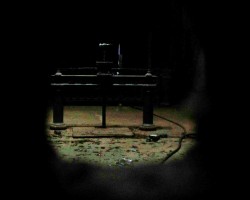
Through a keyhole in the north gate house
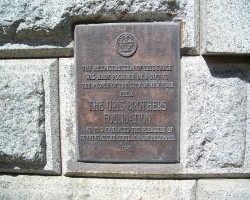
Jaqueline Kennedy Onassis Reservoir
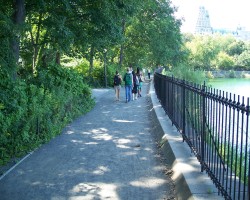
Jaqueline Kennedy Onassis Reservoir

John Purroy Mitchel monument
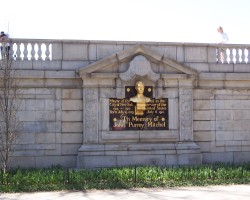
John Purroy Mitchel monument